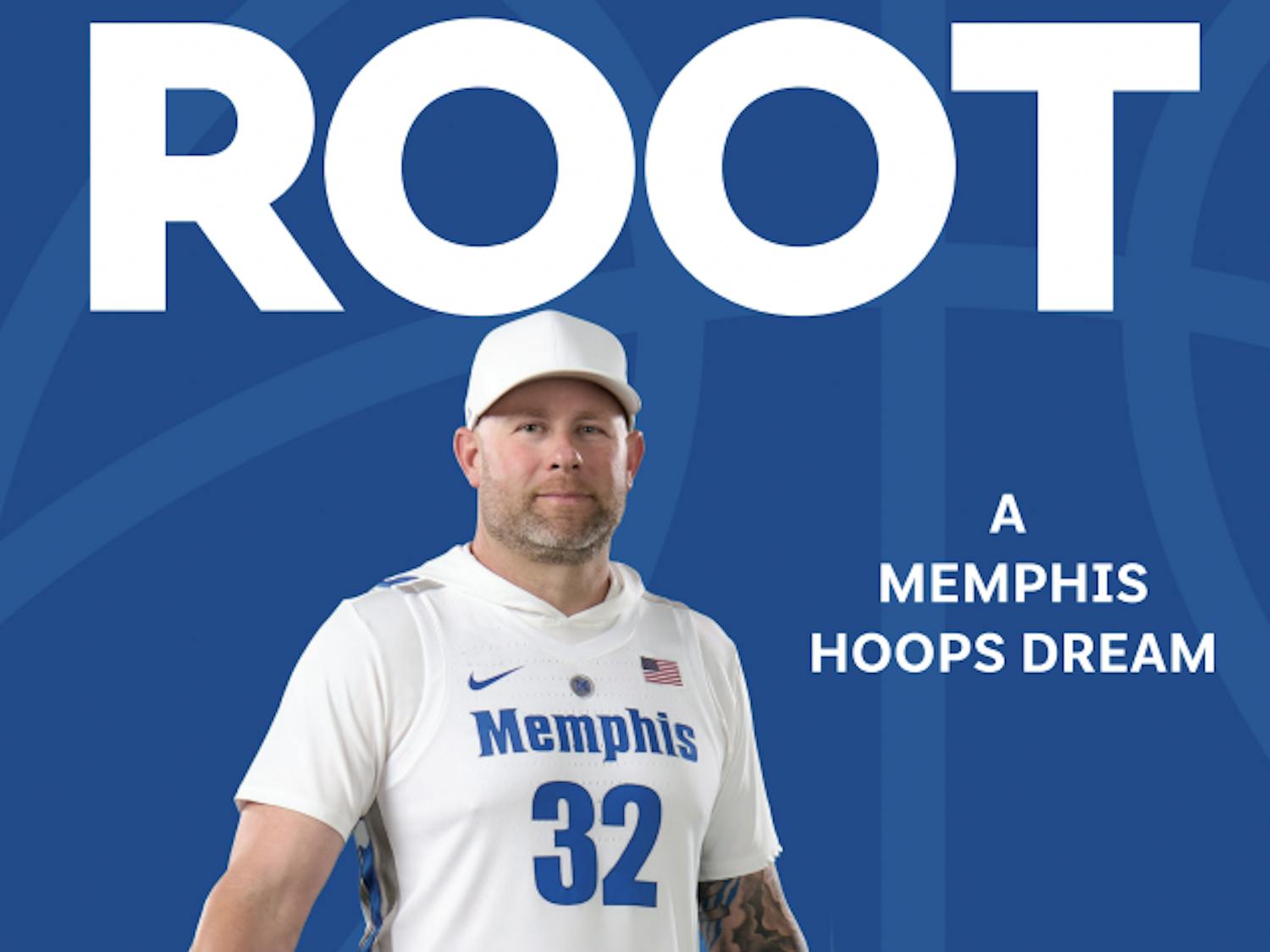As media evolves, the lens through which women and people of color are depicted on screen widens. The blockbuster hit “Black Panther” broke the mold by showing a reversal of gender roles and illustrating black people in non-stereotypical settings, but as women and people of color make progress, there seems to be little progression for the people who fall on both spectrums.
At this year’s Academy Awards, six women won awards, as opposed to the 33 men, and of the six female winners, only one was a woman of color. White women were 68 percent of all female characters in the top-100 movies of 2017, according to a study by the Center for the Study of Women in Television and Film.
Cookie Woolner, a professor of women’s studies and history at the University of Memphis, said the key to showing an accurate depiction of women in media is to hire more women.
“Get more women behind the camera and writing, directing and producing more film and television,” Woolner said.
Only 34 of the top-100 films in 2016 had a female lead or co-lead, according to an analysis by the Annenberg Foundation, and based on an analysis by the British Broadcasting Corporation, female representation at the Oscars is lower now than it was in the 1930s.
“Representations of women in the media have slowly improved since the 20th century thanks to the feminist movement, but we still have a long way to go,” Woolner said.
Woolner said as women make progress in film, there is still ground to cover in advertisements, with women being the primary leads in cleaning and cooking commercials. She said those ads are reinforcing the stereotype of a woman’s place being at home, and there needs to be a wider variety of all women seen.
“Media representations of queer women, fat women and disabled women could also use much improvement,” Woolner said.
Miki Turner, an expert in diversity in entertainment from the University of Southern California, said the absence of representation of women of color in the media is a product of two things: lack of opportunity and favoritism.
“There are finally multifaceted roles being created, but the biggest obstacle is nepotism,” Turner said. “We are seeing the same faces over and over again.”
Turner said most of the success of “Black Panther” can be attributed to it being based off a comic book. She said although it did well at changing the typical view of black women and their portrayal, many fans were more concerned with how true the film was to the comic.
“‘A Wrinkle in Time,’ a movie with a black female cast, was just released, and no one is breaking the door down to see it,” Turner said.
About three-fourths of major female characters in films were white in 2017 while 14 percent were black, 6 percent were Latina, 4 percent were Asian and 2 percent were of another race or ethnicity. As black women make some progress in the film and television industry in comparison to other women of color, with shows like “Grown-ish,” “Insecure,” “Scandal” and “How to Get Away with Murder,” women could still be seen as marginalized.





